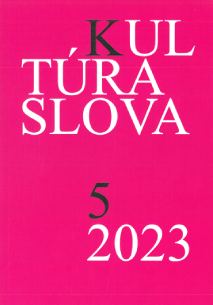
We kindly inform you that, as long as the subject affiliation of our 300.000+ articles is in progress, you might get unsufficient or no results on your third level or second level search. In this case, please broaden your search criteria.

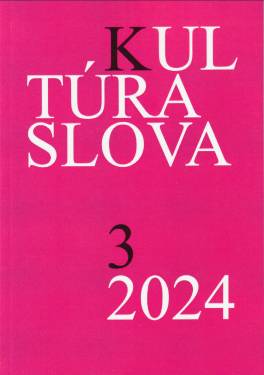
The paper brings the linguistic analysis of the novel by P. Handke Der kurze Brief zum langen Abschied (1972) and its Slovak and Czech translation with a special attention paid to the word order solutions used in both texts. It deals with the issue of the translation from typologically different language, namely German, which employs grammatical principle as a factor determining the word order to larger extent as opposed to Slovak and Czech in which functional sentence perspective plays the central role in the linear placement of the sentence components. The analysis proves that Slovak translation more often adheres to word order patterns of the original text whereas Czech translation applies word order solutions complying with informational and discourse-pragmatic structuring more frequently.
More...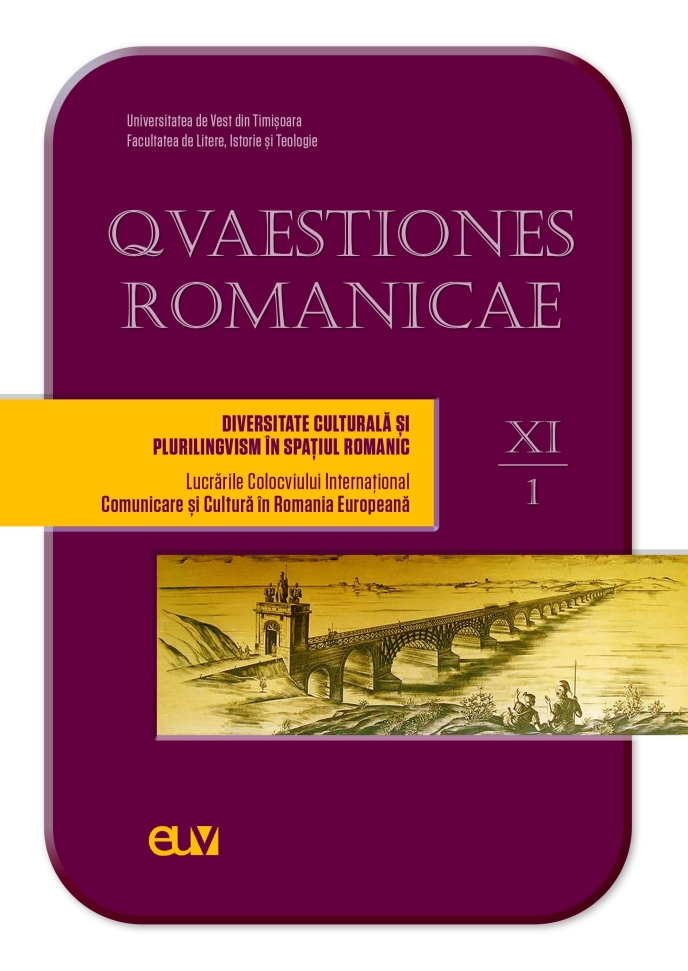
We are currently anchored in a trenchant process of changing the cultural-scientific paradigm. As a result, university professors are required to possess the necessary procedural knowledge to envision a new methodological design of academic courses that is based on computer technologies. Specifically, university professors, as exponents of advanced knowledge, are required to address the question of how to teach in the digital era, which we currently find ourselves in. Furthermore, they must also consider how to completely digitize university linguistics such that the fundamentals contents are not lost and the didactic methods and tools have a high educational value. Discussing this topic with other members of the scientific community, it became quite clear that the concerns of digitization that have been explored so far, fall under the extremely well-known phrase Digital Humanities (DH) and Natural Language Processing (NLP), which have become a very clearly defined field over the past 20 years, with valuable reference works, specializations at the Master's level throughout Europe, research collectives, including in Romania, so this topic is officially legitimate, the process being already anchored in the present. It is noteworthy, however, that the domain attributes of DH and NLP are predominantly applied in lexicography, online communication programs, computational linguistics, annotations of computer program architectures, and other applicative domains, rather than being theoretical and targeting the core science. Despite the advancements made in these areas, little has been achieved in terms of the digital transformation of university textbooks in Romanian syntax, and other areas as well. Delivering a textbook in the form of a PDF or scanning some documents is minimal digitization, while true educational digitization requires the production of living, highly interactive textbooks, similar to intelligent apps on mobile phones. Nonetheless, such a revolutionary theoretical and applicative approach must be previewed before it can be realized. Each member of the university community, as mentioned above, must provide minimal answers in this regard, and I will also attempt to do so. I will briefly outline the curriculum contents that I traditionally teach to students in the discipline of contemporary Romanian language syntax and evaluate their longevity in relation to the massive digitization of all human knowledge domains by reviewing provisions from other university programs published on institutional websites.
More...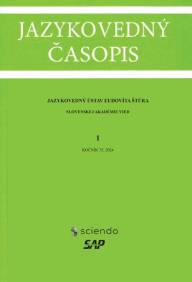
This paper presents a nuanced theoretical approach to the semantic interpretation of indexical expressions in delayed interpretation scenarios such as the Answering Machine Paradox [AMP] (Sidelle 1991). In order for recorded messages containing indexicals to be true with respect to the context of interpretation rather than the context of recording, semantic indexical shift must take place (Kaplan 1979). This is something that truth-conditional approaches to indexicality struggle to explain. The solution proposed in this paper is inspired by evidence from the syntax of Polish negated locative statements. The occurrence of the Genitive of Negation in Polish locatives that forces a Nominative-to-Genitive shift on the main noun phrase suggests a cognitive distancing from the object whose presence at a location is denied. The fact that it occurs for sentences containing indexicals could point at a phenomenon that corroborates the need for indexical shift in such cases. The notion of deictic center split is proposed to explain how a reference-based framework can link the empty reference of an indexical at the context of interpretation with the real reference at the context of recording thus saving the intuitions behind the standard account while allowing for semantic indexical shift in AMP cases.
More...
The purpose of this article is to present the configuration of the aspect of the literary Romanian language in the Coresian Apostol, focusing on its morphology and vocabulary, the competition of analogical and etymological forms, the expansion of the southern dialect, the premises of the future supradialect norms.
More...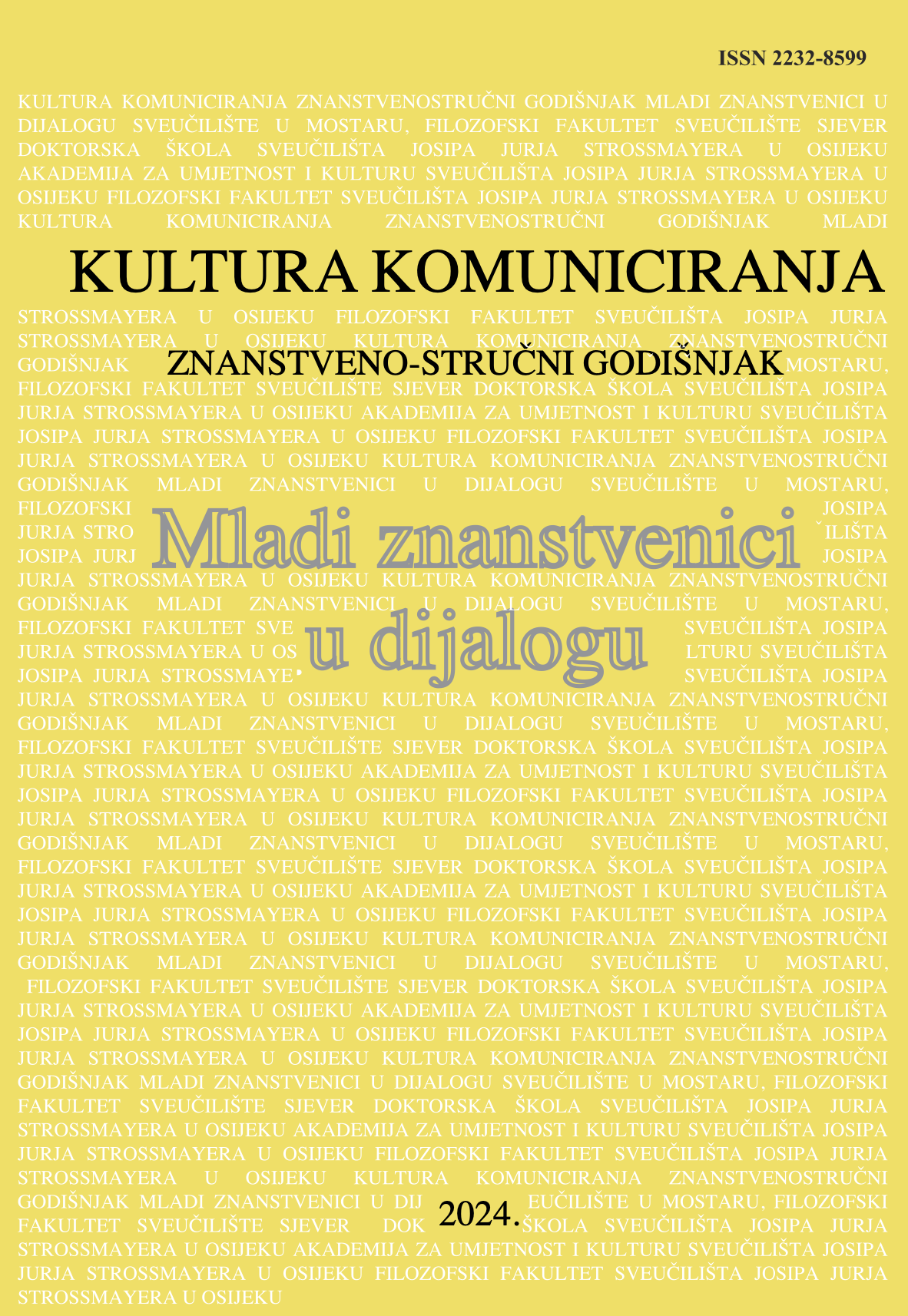
The paper studies the language of Martić’s translation of the short story Bijedni Novak (Poor Novak). Namely, Grgo Martić is a Franciscan from Bosna Srebrena who worked tirelessly as a writer, making him the most prolific Franciscan writer of the 19th century. In addition to writing a lot, Martić was also translating. This is no surprise because he was conversant in Latin, Italian, French, Turkish, Hungarian and German. He translated René written by the French romantic writer François-René de Chateaubriand under the title Bijedni Novak. In the ten style verse, it is noted that Martić adapted the translation to the recognizable tone of his literary work, following the Zagreb school of philology, the Central Bosnian idiom, but also the Franciscan writing tradition. The paper therefore analyses the language of Martić’s short story Bijedni Novak through spelling, orthography, phonology, morphology, syntax and lexis. He printed the story in Đakovo in 1886 at the bishop’s printing house.
More...
Primary school students might find the process of learning syntax confusing and complex presumably due to being unaware of the syntactic errors they make at this early stage. Yet, despite the complexity of such an issue, scant research has been conducted in the Saudi context. Therefore, the present study employs a mixed-method approach to examine the developmental sequences of acquiring syntactic rules and investigate the syntactic errors made by 60 EFL primary school Arab students in a Saudi international school using spoken interviews, written tests, and in-class observations. After analyzing the data quantitatively and qualitatively, it was found that the most common syntactic errors produced by EFL Arab primary school students are related to tense formation, subject-verb agreement, missing articles, conjunctions, pronouns to infinitives, and word order syntactic patterns. Furthermore, verb tense, articles, and copula have been determined as transfer errors. In addition, older children make fewer syntactic errors compared to younger children. Despite the significant results, more samples are needed to make them generalizable.
More...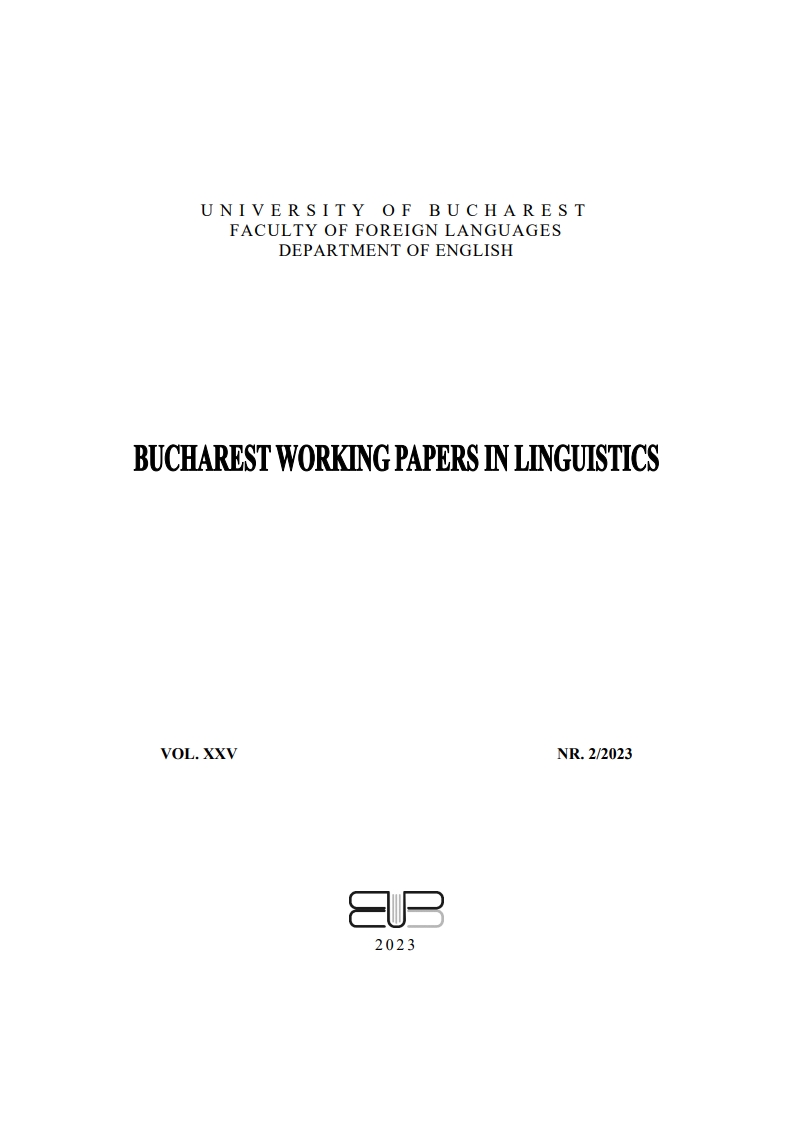
A longstanding debate in L2 research focuses on how syntactic complexity needs to be operationalized to account for L2 performances. Whereas many studies investigated this issue in L2 production, very few studies focused on L2 sentence processing. The present study aimed at investigating the effect of syntactic complexity on gender agreement processing in L2 French, while controlling for the learners’ working memory capacity. We tested 37 Dutch learners of French by means of a self-paced reading technique. The results showed decreased sensitivity to gender agreement in embedded structures, but increased sensitivity to gender agreement in non-embedded structures. We concluded that the number of clauses in gender agreement constructions accounts for the effect of syntactic complexity on gender agreement processing in L2 French and that this measure is negatively correlated to sensitivity to gender agreement. We furthermore concluded that (non-verbal) working memory does not affect L2 gender agreement processing.
More...
Differential object marking (DOM) has been shown, in an impressive number of production studies, to be acquired by monolingual children at around age 3. The picture which emerges from comprehension data, however, reveals that DOM is an area of vulnerability in L1 acquisition. This study investigates the acquisition of DOM by monolingual Romanian children using a preference judgment task. 80 monolingual Romanian children (aged 4;04-11;04) and a control group of 10 Romanian adults took part in the study. Results show that DOM is vulnerable and trace this vulnerability to the animacy feature. Romanian children incorrectly overgeneralize DOM to inanimate proper names and inanimate descriptive DPs until age 9. The vulnerability of animacy is predicted by its variable behaviour with respect to object marking as well as by the current increase in the use of clitic doubling, a DOM marker less sensitive to animacy. On the learnability side, we account for the findings in terms of Biberauer & Roberts’ (2015, 2017) Maximize Minimal Means model. We suggest that, in accordance with the Feature Economy bias, Romanian children first identify only the role of referential stability (which has more robust cues in the input) and consider the possibility of animacy as a relevant feature later. In line with the Input Generalization bias, children maximize the role of referential stability, which results in overgeneralization of DOM to inanimate objects, especially to inanimate proper names.
More...
While English and other Germanic languages make extensive use of compounding as a means of expanding their lexicons, in Romanian and Romance languages, in general, compounding is merely a minor word formation process. For this reason, the translation of English compounds into Romanian is a challenging endeavour that usually involves the spelling out of syntactic and semantic information otherwise implicit in the original derivatives. Building on these ideas, the present paper explores the translation strategies employed to render deverbal -ed adjectival compounds into Romanian. It is shown that the typological differences between the two languages lead translators to adopt strategies which, to a large extent, entail obligatory explicitation (see Klaudy & Károly 2005, Klaudy 2003, 2009, 2017, Molés-Cases 2019, etc.), though cases of implicitation are not excluded.
More...
Diana Hornoiu’s book Understanding Pragmatics: From Theory to Practice is included in the book series ‘Studies in Linguistics’, published by Ovidius University Press. The book consists of eight chapters, followed by appendices and references
More...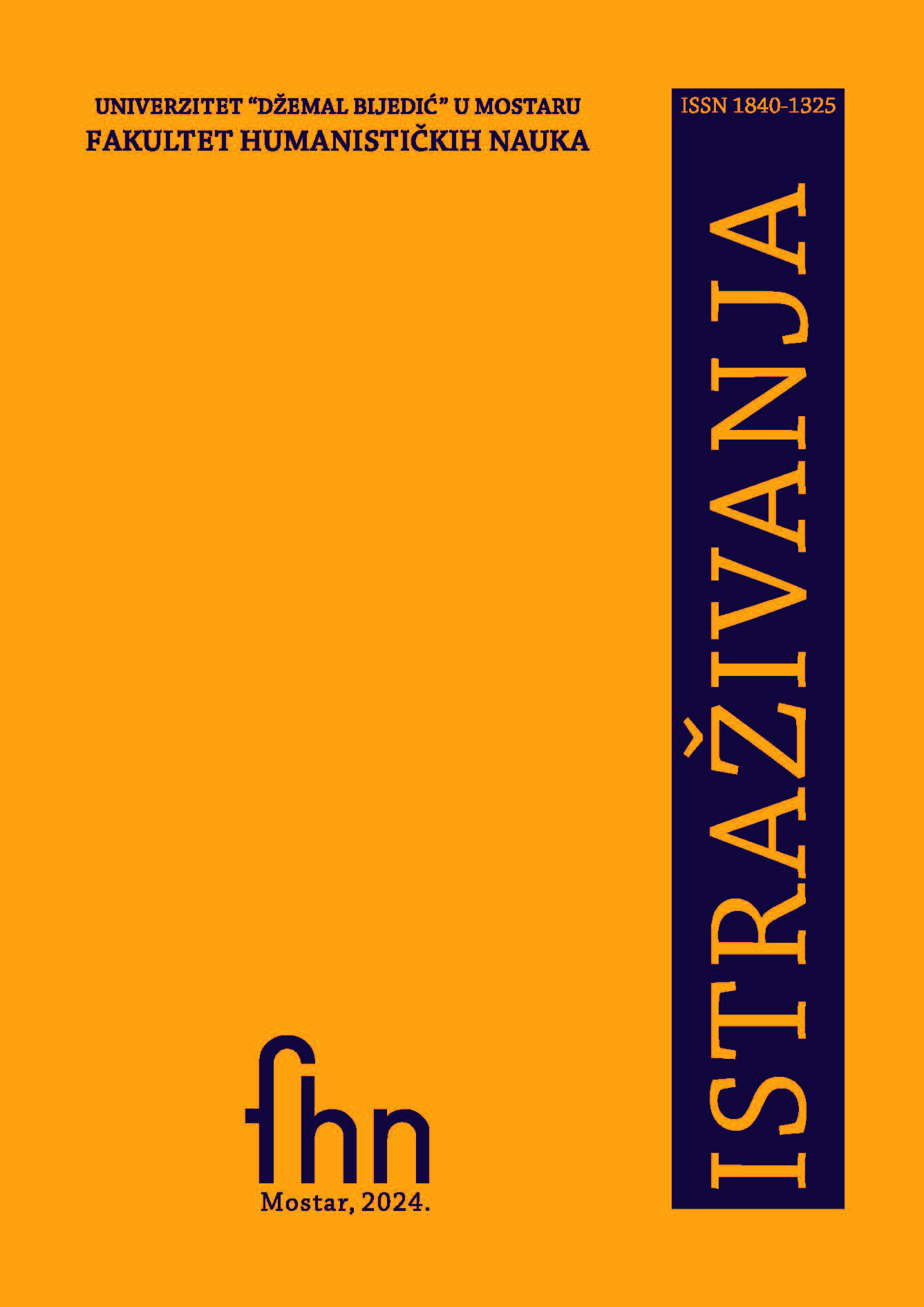
This paper analyzes grammatical and semantic features of Turkish interrogative infinitive noun phrases containing polar questions. The primary aim of the paper is to determine, based on contextual examples, how root interrogative sentences containing neutral and focused polar questions are transformed into infinitive noun phrases through the process of nominalization. In the contrastive analysis, Turkish interrogative infinitive noun phrases with neutral and focused polar questions are compared with semantically similar syntactic structures in Bosnian language.
More...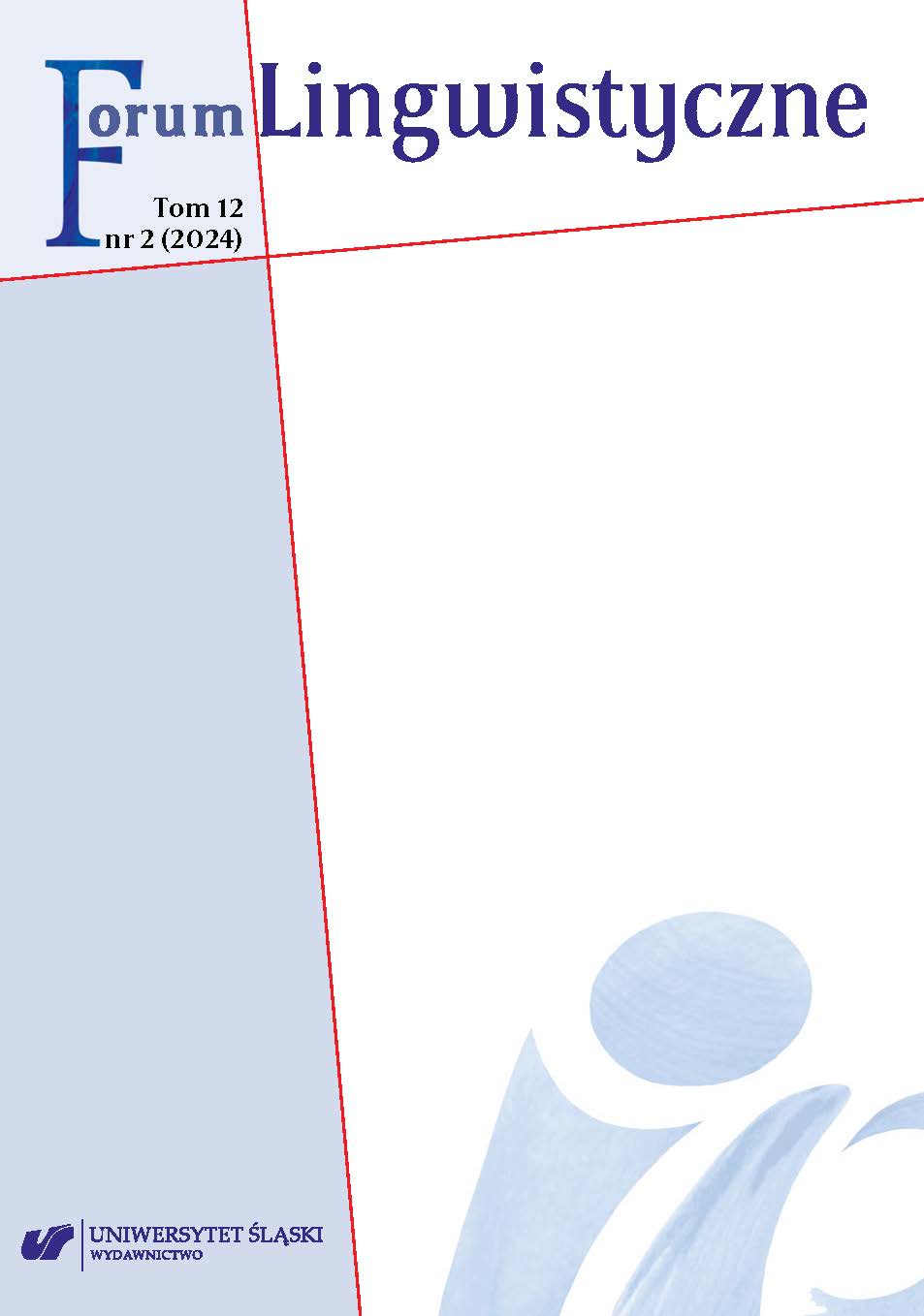
The text presents the results of a syntactic-semantic analysis of the Middle Low German verb bliven, which was borrowed into the Nordic languages and whose semantics and syntactic status in both the original and target languages are disputed. The study covers a wider than before range of linguistic material from the period between the 13th and 15th centuries and consists of texts available within the annotated Referenzkorpus Mittelniederdeutsch/Niederrheinisch (ReN) corpus and texts of the Diachrony of passive voice in North Germanic (DiaPass) corpus. The temporal limitation of the texts has made it possible to conclude that the development of the periphrastic passive voice in Swedish with bli(va) cannot be attributed to Lower German influence. The above conclusion is confirmed by the sporadic use of bliven in combination with the past participle in the Lower German material with the simultaneous increase in the overall frequency of this construction in Swedish in the 15th century. The use of both corpora made it possible to rule out differences in the use of the verb bliven between Lower German texts written in the Lower German area (ReN) and Lower German texts from the Scandinavian area (DiaPass).
More...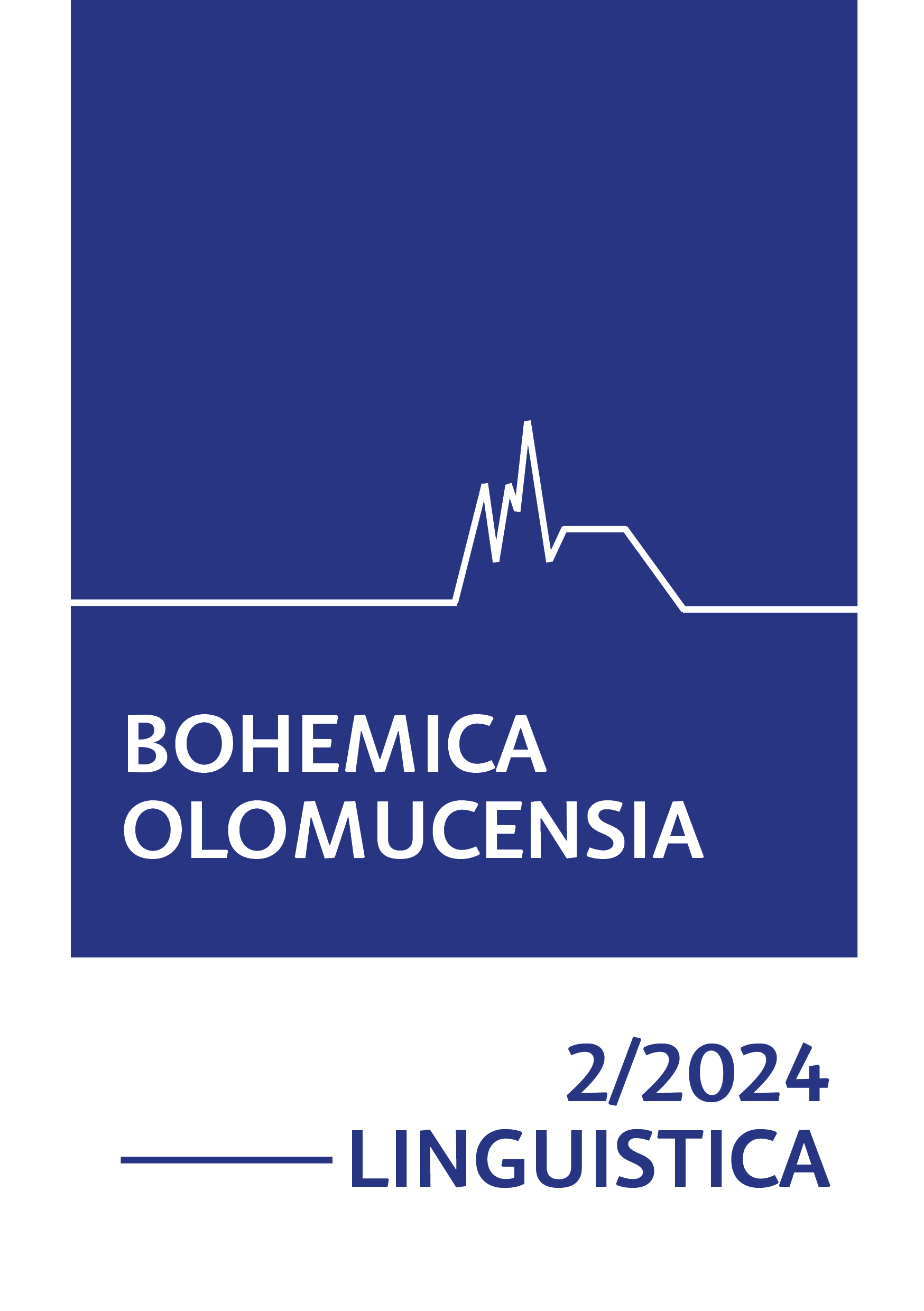
The study tries to show how the schizophrenic behavior of the Czech phi-marker -s both as a C-2 clitic (Ty-s četl // Ty jsi četl “You’ve read”) and a V-clitic (Ty četl-s // *Ty četl jsi “You’ve read”) could be derived within the theoretical framework of the phi-feature geometric analysis.
More...
There are two interpretations of the relationship between the preposition and the form of the noun: 1) the preposition requires a complement to which it assigns a case; 2) the preposition does not control the case and specifies its semantics. The task of the article is to try to say whether one of the concepts is more accurate.
More...
The paper describes seven types of compound complex sentences (i. e. sentence consisting of more than two clauses) based on the individual connectives, clause-order variants of these types, modality variants and derivation of the types and clause-order variants
More...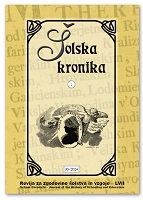
In December 1774, the first primary education law in the Habsburg hereditary lands, the Allgemeine Schulordnung für die deutschen Normal-, Haupt- und Trivialschulen in sammtlichen Kaiserl-Königl. Erbländern, translated into modern Slovenian as Splošni šolski red (General School Ordinance), was adopted. The legal basis for the establishment of trivial, main and normal schools, thus legalising universal primary education, was translated into Slovenian no later than 1777. Linguistic analysis at the phonological and morphological levels has shown that the text was translated into the Carniolan literary language, as written by Ljubljana writers in the second half of the 18th century in particular. However, the relationship between the phonological form and the spelling in the translation of the General School Ordinance only partly corresponds to the two-hundred-year-old literary tradition. A contrastive analysis of the German-Slovenian legal text with its 24 articles reveals different processes of Slovenisation of terminology. The earliest Slovenian pedagogical terminology was formed to a lesser extent by terminologising already known words from the general language and of Slavic origin (e.g. vučiti, vuk, etc.) and by adopting terms from the German language (earlier adoptions, e.g. šola, šolar, etc., words adopted in the 18th century, e.g. metoda, tabela). Most often, the terminological pool was expanded by loan translations of German compounds. The Slovenian equivalents were less often phrases (e.g. trivialšola), and most often terminological phrases with agreeing premodifiers (e.g. . šolna kamera/ kamra, poglavitna šola 'main school', naturni vuk 'natural science') and rarely terminological phrases with nonagreeing postmodifiers (katalog te pridnosti 'catalogue of behaviour'. A more compelling reason why the translation is difficult to understand for a modern Slovenian reader is the syntax, within which we can identify features of the German language system (loan translations of prepositional phrases, German word order). For the history of Slovenian language, the General School Ordinance is important as an example of an early and long Slovenian official text in print, one of the earliest proofs of the existence of a functional style development of the Slovenian language and the formation of the earliest Slovenian pedagogical terminology.
More...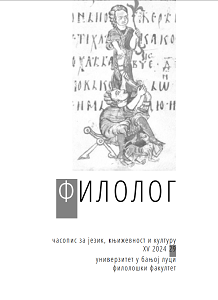
This paper isolates the syntactic and semantic models of the temporal genitive with the meaning of temporal identification – temporal localisation (simultaneity and successiveness) and temporal quantification, specifically temporal quantification in the narrow sense (longitudinality, terminativeness and ingressiveness) and temporal frequency (regularity). It further isolates typical temporal meanings expressed by the genitive: direct temporal localisation without awareness of the passing of time, with the presence of processuality markers (-): usred / početkom / u koncu / koncem + genitive; direct temporal localisation with awareness of the passing of time, with the presence of processuality markers (+): preko/ za vrijeme + genitive; direct temporal localisation unmarked in terms of awareness of the passing of time, with the presence of processuality markers (+/-): kod + genitive; direct temporal localisation with actualisation markers: ovaj, neki, jedan, isti, prošli, prvi, drugi + genitive; indefinite indirect temporal localisation with linear circumlativity markers: oko + genitive; definite direct temporal localisation – temporal anteriority; prije/uoči/ispred + genitive and temporal posteriority: poslije/iza + genitive. The meaning of temporal quantification in the narrow sense is expressed as longitudinality: čitav/cijeli + genitive, ingressiveness: od + genitive and terminativeness: do + genitive, while the temporal frequency was confirmed in the meaning of regularity: svaki + genitive. The corpus was collected in field research of the speech of the Slatina region in the north-west of the Republic of Srpska. The analysis compared the recorded aspects of temporal relations expressed with the genitive to the state in similar speeches of the Herzegovina-Krajina dialect.
More...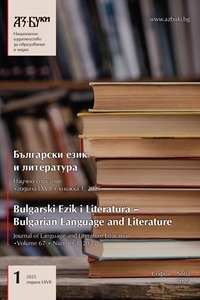
It is well known that Bulgarian lacks coordination of tenses in complex sentences. This allows for various temporal combinations to be realized in the main and subordinate clauses. This is also the minimal necessary condition for implementing the pragmatic strategy of expressing the viewpoints of both the current speaker and the participant in the action being discussed, which R. Nitsolova calls empathy. The interesting aspect here is that when the two positions coincide, the current speaker can describe the event from the participant‘s perspective, with this difference usually having grammatical dimensions. R. Nitsolova notes that this is the preferred way of presenting the event. In this work, another possible pragmatic strategy is outlined, through which the speaker uses the available linguistic means to „remove“ the participant‘s position when they necessarily occupy it (when talking about themselves).
More...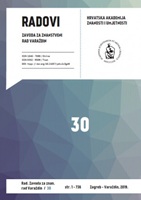
Vatroslav Jagić’s edition of the Svetostefanski hrisovulj differs in two important respects from that published, also in 1890, by Ljubomir Kovačević: it includes the diacritics used in the manuscript, and it reproduces a page of text, as well as the colophons. Although Jagić had at his disposal limited typographical means to represent diacritics, and followed the practice of the time by introducing modern word divisions, it can be seen from his reproductions that the main scribe of the Svetostefanski hrisovulj employed a distinctive diacritic as a marker of vocalic length and divided his text into prosodic words by means of spacing. Given these clues, it is possible to infer from Jagić’s edition the distribution of diacritics in the manuscript and their implications for vocalic quantity, which he analysed in an article of 1891. More recently the publication of a photographic edition of the whole hrisovulj has not only confirmed Jagić’s findings, but also enabled analysis of the prosodic segmentation indicated in the manuscript. Parallels to the scribal practice of the Svetostefanski hrisovulj are adduced from other manuscripts of the early 14th century.
More...